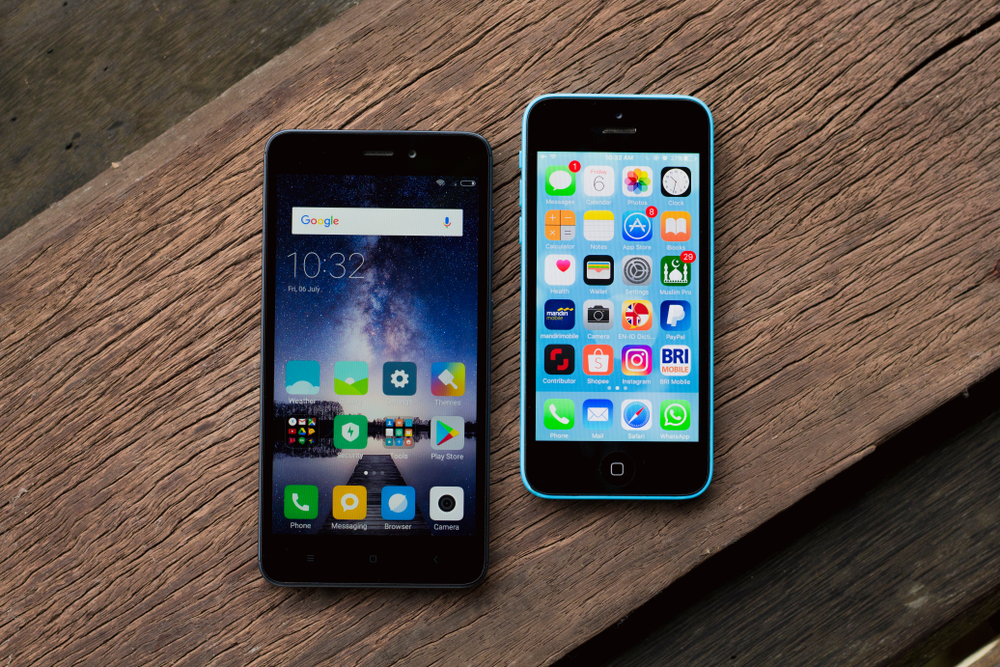
With the ever-increasing popularity of smartphones, mobile apps have become an integral part of our daily lives. From gaming to shopping, mobile apps cater to our diverse needs and desires. However, with millions of apps available in various app stores, developers and marketers face fierce competition when it comes to promoting their mobile apps. So, how can you successfully navigate the crowded marketplace and ensure the success of your mobile app? In this article, we will explore expert tips and tricks to master the art of mobile App Store or Google Play app marketing.
1. Develop a Solid Marketing Strategy
Before launching your mobile Android or iOS app , it is crucial to develop a comprehensive marketing strategy. This strategy should outline your target audience, key messaging, and promotional channels. Identifying your target audience allows you to tailor your marketing efforts to reach the right users. Understanding their preferences, habits, and pain points will help you craft compelling messages that resonate with them.
Additionally, selecting appropriate promotional channels is essential to maximize your app’s visibility. Consider utilizing social media platforms, content marketing, app review websites, and influencer partnerships to expand your reach. By leveraging these channels effectively, you can drive awareness and acquire users who are genuinely interested in your app.
2. Optimize Your App Store Listing
When it comes to mobile app marketing, optimizing your app store listing is a critical step. Users often discover new apps through app store searches, so it's essential to make your app visible in these searches. Be sure to optimize your app title, description, keywords, and screenshots to increase your app's chances of ranking high in relevant searches.
In your app title and description, use relevant keywords that represent your app’s features and benefits. This will enhance your app’s visibility in search results. Additionally, showcase the best aspects of your app through appealing screenshots and videos. Provide a clear and concise description that effectively communicates your app’s value proposition to potential users.
3. Leverage App Store Optimization (ASO)
App Store Optimization (ASO) is the process of optimizing your app’s visibility and conversions within app stores. ASO involves optimizing various elements of your app store listing, such as keywords, ratings, reviews, and app updates. By implementing ASO techniques, you can increase your app’s exposure and attract more organic downloads.
Research relevant keywords that accurately represent your app’s functionalities and incorporate them naturally throughout your app store listing. Encourage users to leave positive reviews and ratings, as these play a significant role in driving user trust and app store rankings.
4. Implement Influencer Marketing
Influencer marketing has gained immense popularity in recent years, and it can be a powerful tool for mobile Google Play or App Store app promotion. Collaborating with influencers who have a significant following in your app’s niche can help you reach a wider audience and establish credibility. Influencers can create engaging content, demonstrate your app’s features, and provide authentic reviews to their followers.
When selecting influencers, make sure they align with your app’s target audience, ethos, and values. Ensure their audience demographic matches your target user profile, and evaluate their engagement rates to gauge their influence. By partnering with influencers who genuinely resonate with your app, you can generate genuine interest and drive downloads.
5. Engage with Your Users
Engaging with your users is key to building a loyal user base and driving app advocacy. Encourage users to provide feedback and respond promptly to their queries and concerns. By actively communicating with your users, you can gain valuable insights, improve your app’s features, and foster a sense of community.
Consider integrating in-app messaging and push notifications to keep users informed about new features, updates, and promotions. However, striking a balance is important. Avoid overwhelming users with excessive notifications, as it could lead to uninstalls.
By implementing these expert tips and tricks, you can master the art of mobile iOS or Android app marketing and elevate your app’s success in a crowded marketplace. Remember, mastering app marketing requires ongoing experimentation, analysis, and adaptation to changing trends. Stay agile and continuously refine your strategies to consistently achieve your app marketing goals.
Frequently Asked Questions
How important is mobile app marketing for app success?
Mobile app marketing plays a crucial role in the success of your app. It helps you reach your target audience, increase app visibility, drive downloads, and build a loyal user base.
How can I identify my target audience for mobile app marketing?
Identify your target audience by analyzing market research, user personas, and competitor analysis. Understanding their preferences, habits, and pain points will help you tailor your marketing efforts.
Should I focus on organic or paid user acquisition?
Both organic and paid user acquisition strategies are important. While organic downloads can be cost-effective and indicative of app quality, paid user acquisition can drive immediate results and help you reach a wider audience.
What metrics should I track to measure app marketing success?
Key metrics to track include app downloads, user engagement, retention rates, cost per acquisition (CPA), customer lifetime value (CLTV), app store rankings, and reviews/ratings.
How often should I update my app’s features and functionality?
Regular updates are crucial to keep your app competitive and meet user expectations. Listen to user feedback, analyze market trends, and ensure your app evolves to provide the best user experience.
Other useful resources
- https://en.wikipedia.org/wiki/Mobile_app
- https://en.wikipedia.org/wiki/App_store